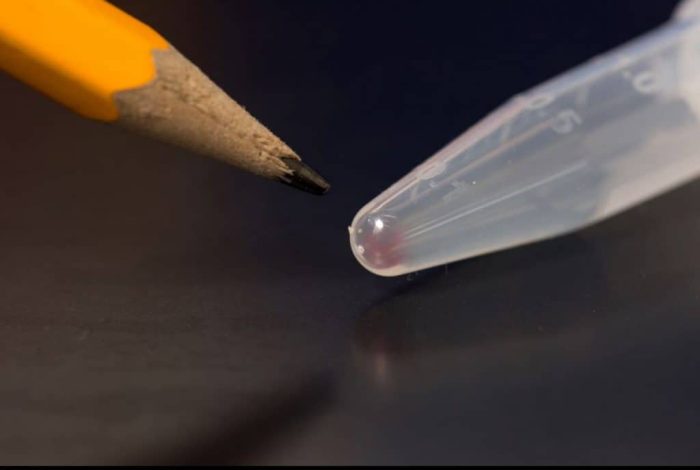Microsoft Research, University of Washington set DNA data storage record
2 min. read
Published on
Read our disclosure page to find out how can you help Windows Report sustain the editorial team Read more

Microsoft has just published a new post to announce a new breakthrough in data storage made by its researchers, using a relatively new medium: DNA storage.
Specifically, Microsoft researchers, in collaboration with the University of Washington, were able to store 200 megabytes of data on synthetic DNA strands, at a combined size “much smaller than the tip of a pencil”, according to Douglas Carmean, project leader and partner architect at Microsoft.
“It’s one of those serendipitous partnerships where a strong understanding of processors and computation married with molecular biology experts has the potential of producing major breakthroughs.”
– Douglas Carmean, project leader and partner architect, Microsoft
For easier imagination, that’s reportedly the digital data from more than 600 basic smartphones. Other data stored include work of arts, top books from Project Gutenberg, and seed database. The goal will be to be able to store data the size of data centers in sugar cube-sized space, or even the whole Internet, which is estimated at around 5 million terabytes (or 5 trillion megabytes, to compare with the above number).
“It’s essentially a test tube and you can barely see what’s in it. It looks like a little bit of salt was dried in the bottom.”
– Karin Strauss, principle researcher, Microsoft
There are, of course, a few technical difficulties to overcome before we reach that point (scale and cost being two major hurdles). DNA, however, has shown remarkable promise as a storage medium: long-lasting (thousands-year-old intact samples have been recovered from extinct animals), compact, always relevant.
It explains why researchers from the project, which is only one among multiple groups around the world striving for the same goal, are optimistic, despite having a long while to go. With milestones like the one today, we may hope to see the internet in a shoebox-size storage in our lifetime yet; for now, we cheer the science people on.
Feature image: DNA in test tube. Credits: Tara Brown Photography/University of Washington








